The history of Gardens around Buda Castle can be traced to the 13th century. A series of documents contain mentions of trees with Hungarian names that had been fenced off. For example, in 1243 the Archbishop of Esztergom complained to the king that boatman had stolen apples from his orchard and some wheat. The sailors were sentenced to death for their deeds – as is noted in Szemelvények a budai királyi kertek történetéből (Notes on the history of Buda Royal Gardens) by Éve Jeszenszkyné Bucsi.
The royal residence of Buda Castle would have been surrounded by gardens, vineyards and orchards even under the reign of Louis the Great, and Sigismund of Luxembourg. Nevertheless, the golden age of these gardens was the rule of King Matthias, when several characteristic elements of renaissance royal gardens, such as a labyrinth and a game park could be found on the slopes of Castle Hill. Following darker days under Turkish rule, the gardens again flourished during the 19-20th-century reconstruction of the Royal Palace lead by Ybl and Hauszmann.
This raises the question, why is Buda not full of old trees? However, those familiar with the history of the city will be quick to point out, that the survival of even a few trees is a miracle, looking through the sieges, revolutions, wars of independence that the city has lived through, not to mention the catastrophic siege at the end of the Second World War. Beyond these, deconstruction, reconstruction and construction have all changed the cityscape: even if a tree were to survive the vicissitudes of history, it would have to win the favour of a leading architect to avoid the woodcutter's axe.
One of the oldest trees in Budapest has survived everything
Várkapitányság Zrt. manages the plants and parks in and around Buda Castle. With the support of specialists, the company collected and surveyed the remaining historic trees in the Castle District. Among them, one of the most important is the massive Japanese pagoda tree next to the southern roundel of the Castle, which is also one of the city's oldest trees.
When planted, the tree would still have been a botanical curiosity, chosen by the gardener of palatine Joseph, Antal Tost, in the 1790s. The tree survived the 1848–49 revolution but almost fell victim to the plans of Ármin Petz during the remodelling of the castle gardens at the end of the 19th century.
Legend has it that the already old tree was saved through the efforts of a gardener, Károly Mráz, who once complained to Franz Joseph as he walked near the tree, that it was to be cut down. The king saved the tree out of respect for its history.
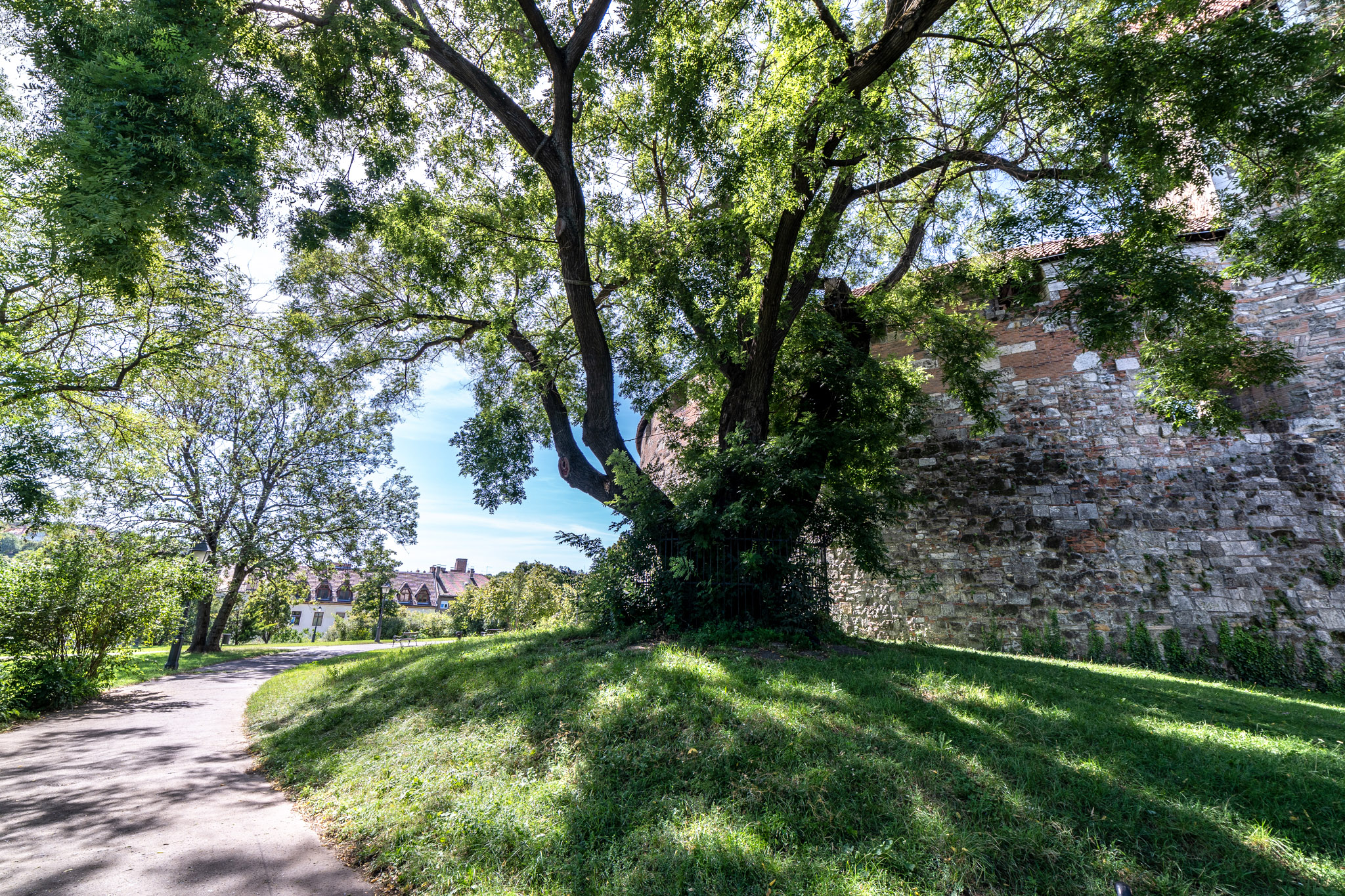
The oldest tree in the Castle district is the large pagoda tree next to the southern roundel. (Photo. Balázs Both/pestbuda.hu)
The Turkish mulberry tree that saved a Hungarian lieutenant's life
Some say that mulberry trees were first brought to Hungary by the Turks, and they planted the first, now long-dead specimens. Only one old mulberry tree has survived in Buda Castle, in the open-air archaeological exhibition under) Táncsics Mihály Street. It was most likely planted during the silk-rush. Empress Maria Theresa believed that silk production could be used to develop the Hungarian countryside, and as silkworms only feed on mulberry leaves, orchards appeared all over the country, including in Buda Castle.
However, the silk-rush eventually subsided, and the majority of mulberry trees were lost. The remaining few not only bring joy with their sweet fruit but remind passers-by of a time when Hungary produced silk.
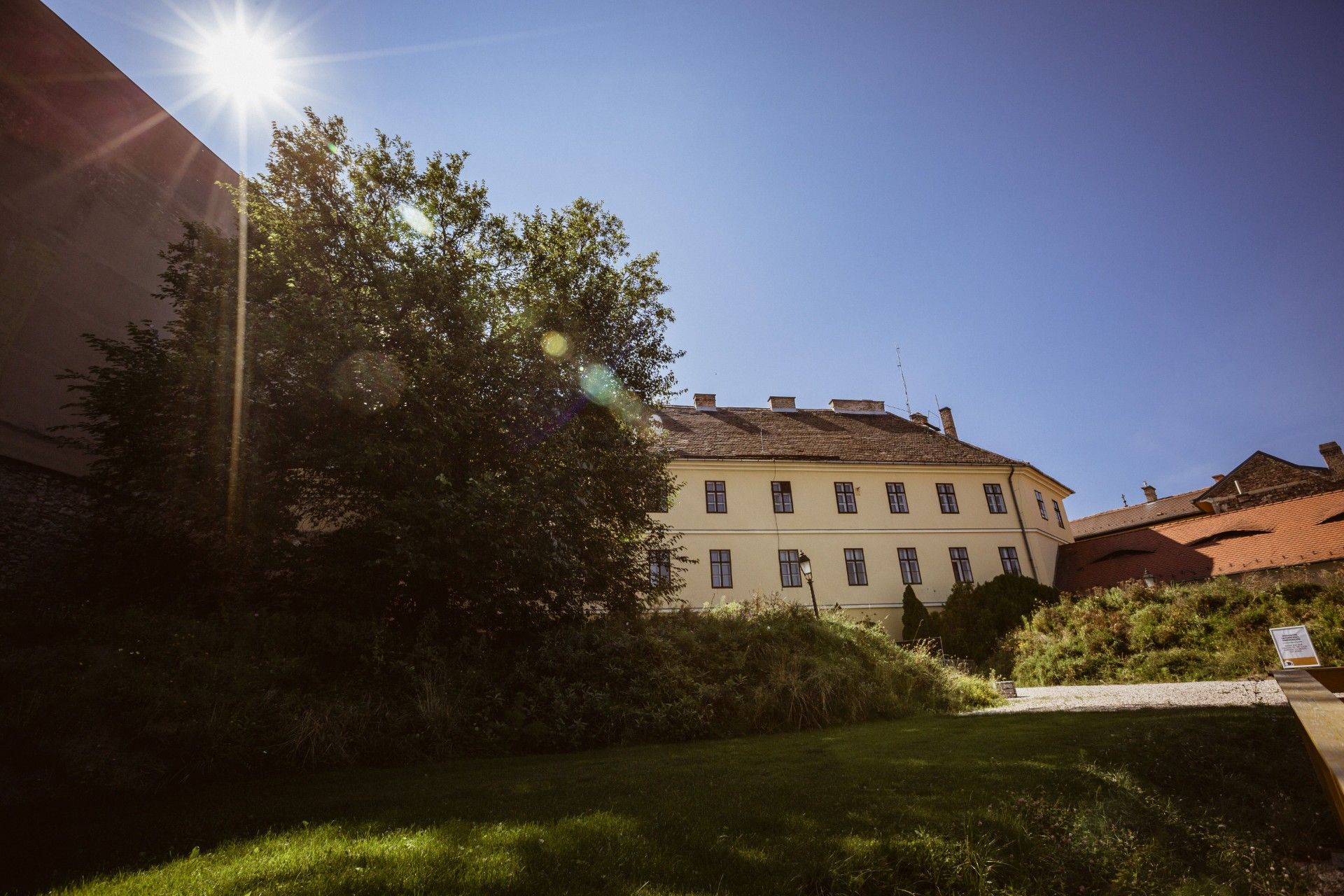
Mulberry tree on the open-air archeological exhibition under 9 Táncsics Mihály Street (Photo: Karolina Kárász, Várkapitányság NZrt.)
Figs grown in Buda were once considered a delicacy
Other more exotic fruit trees have also been planted in Buda, figs. Two old and large specimens grow in the garden of the T9 exhibition. Another fig tree can be found in the courtyard of the De la Motte – Beer Palace. Figs were also most likely brought to Hungary by the Ottomans but became popular quickly. The southern slopes of Gellért Hill once housed orchards filled with the trees, and their fruit was often sold. Unique varieties better-suited to the Hungarian climate also existed, those these have mostly been lost.
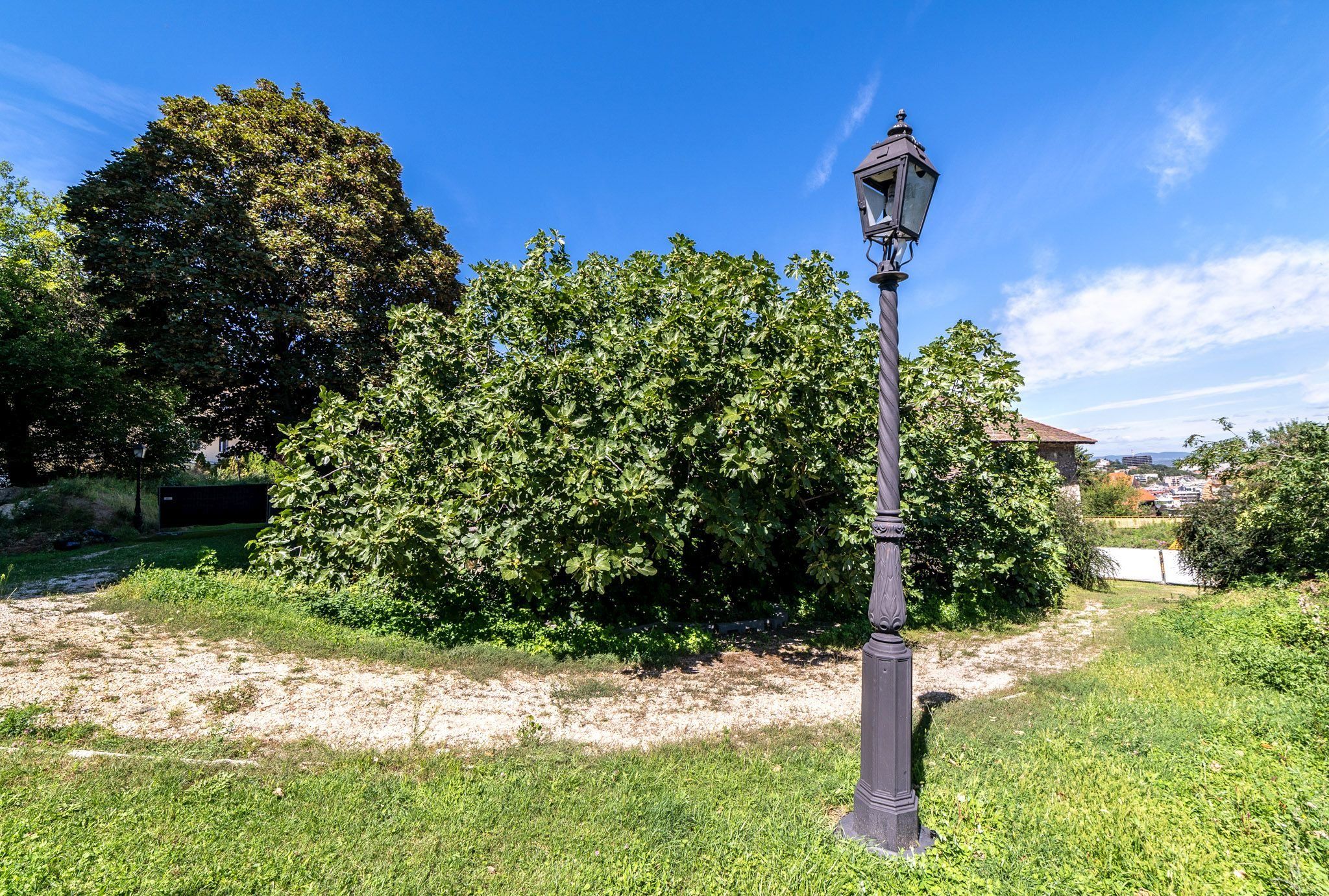 Fig tree in the T9 archeological exhibition , under 9 Táncsics Mihály Street (Photo: Balázs Both/pestbuda.hu)
Fig tree in the T9 archeological exhibition , under 9 Táncsics Mihály Street (Photo: Balázs Both/pestbuda.hu)
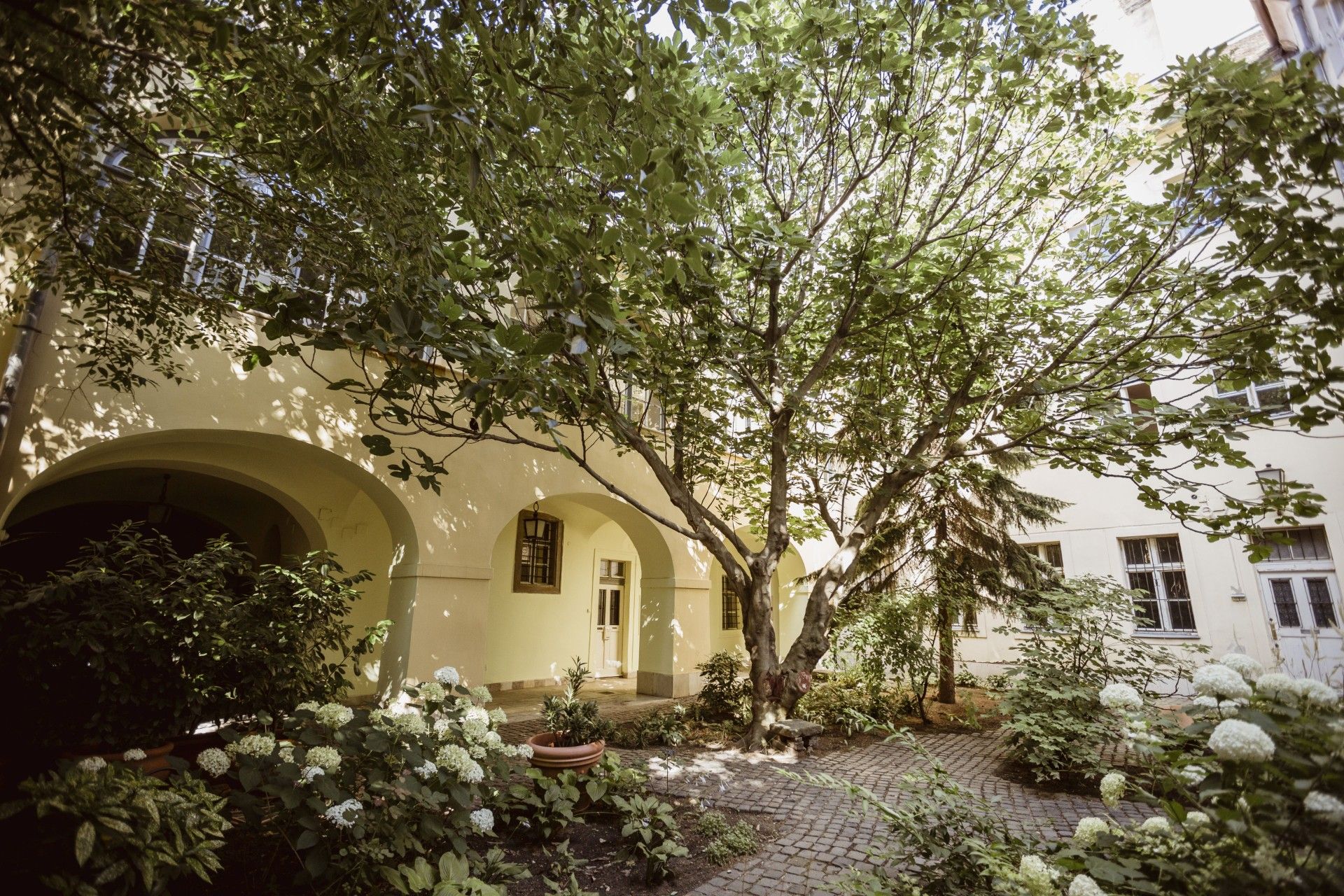
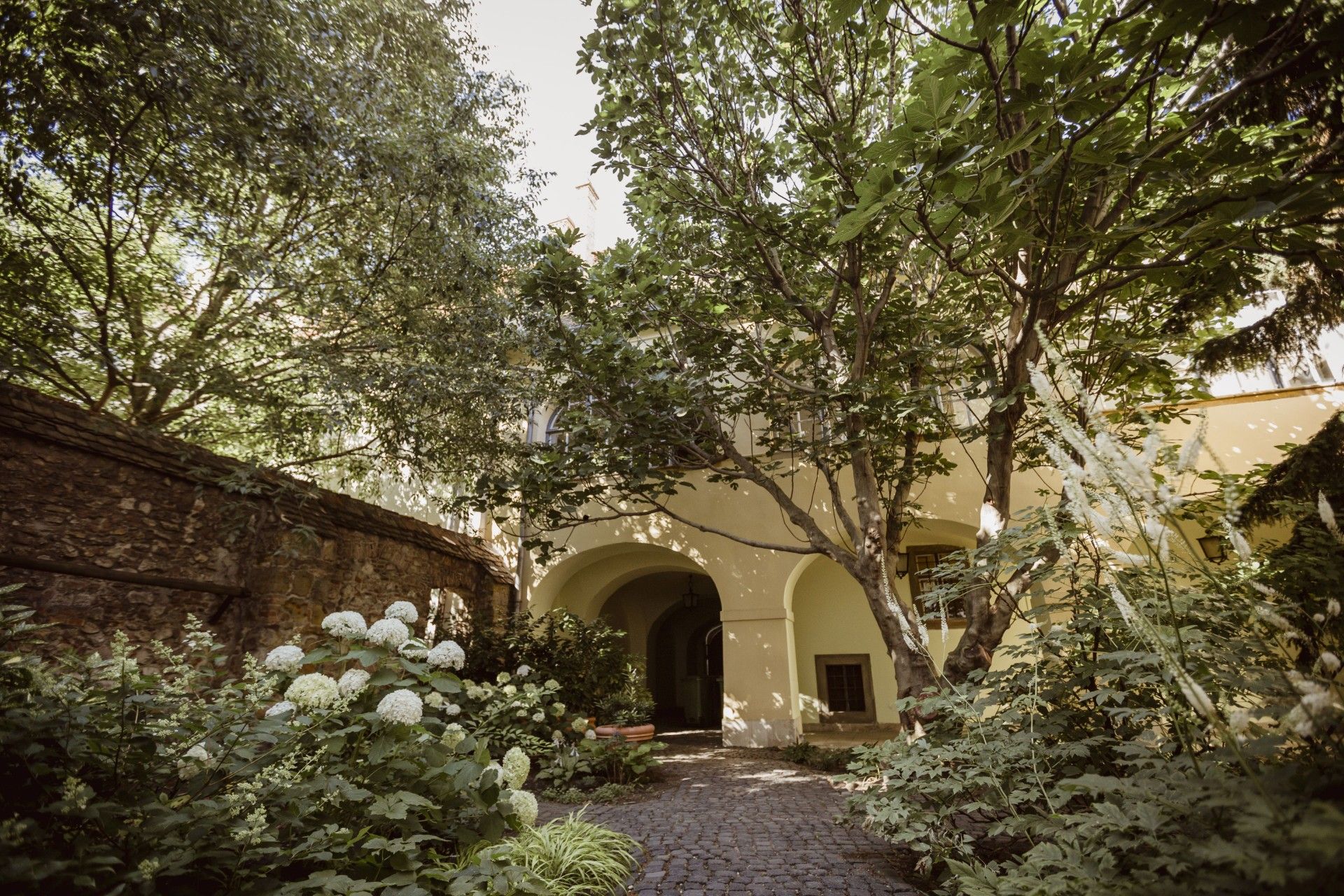 Fig tree in the courtyard of De la Motte - Beer Palace on Dísz Squaer (Photo: Karolina Kárász, Várkapitányság NZrt.)
Fig tree in the courtyard of De la Motte - Beer Palace on Dísz Squaer (Photo: Karolina Kárász, Várkapitányság NZrt.)
Almond trees are also considered symbolic. Bringing flowers early, they are heralds of the new spring and have symbolized new ideas and rebirth since the renaissance. The poet Janus Pannonius also wrote an allegoric poem about an almond tree growing in Pannonia. Two almond trees can also be found in the T garden. One of them, at over 100 years old, is the oldest such tree in Buda Castle.
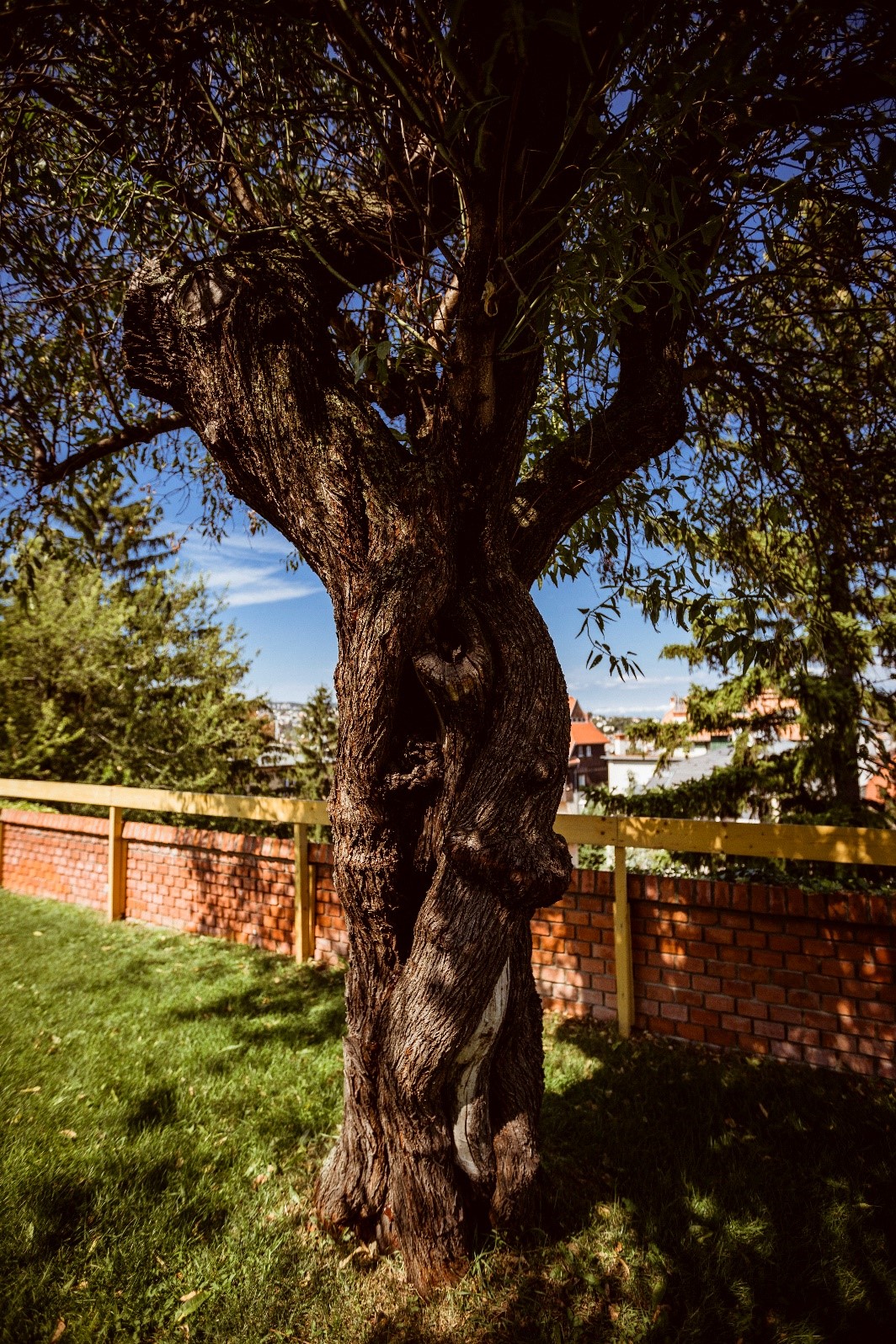

Almond trees in the T garden (Photo: Karolina Kárász, Várkapitányság NZrt.)
Oaks, chestnuts, lindens and plane trees: the kings of trees, the trees of kings
Thus few trees have survived the history of the Castle. While two red chestnut trees were lowered into the Baroque courtyard from the garden created during the Hausmann-reconstruction, these died a few decades later.
Beyond the above, most trees were planted at later dates. Nevertheless, there are many among these that have become beautiful, healthy and valuable plants. One of these is the pyramid oak next to the southern entrance of the New World garden, which was planted during the reconstruction efforts of the 1960s. The sapling was ordered from the Szarvas Arboretum by László Gerő, the historian–architect directing the work.
The appearance of an oak tree in the Castle is also symbolic. The species has long been seen as a symbol of strength and life. King Matthias is also often depicted wearing an oak-wreath.
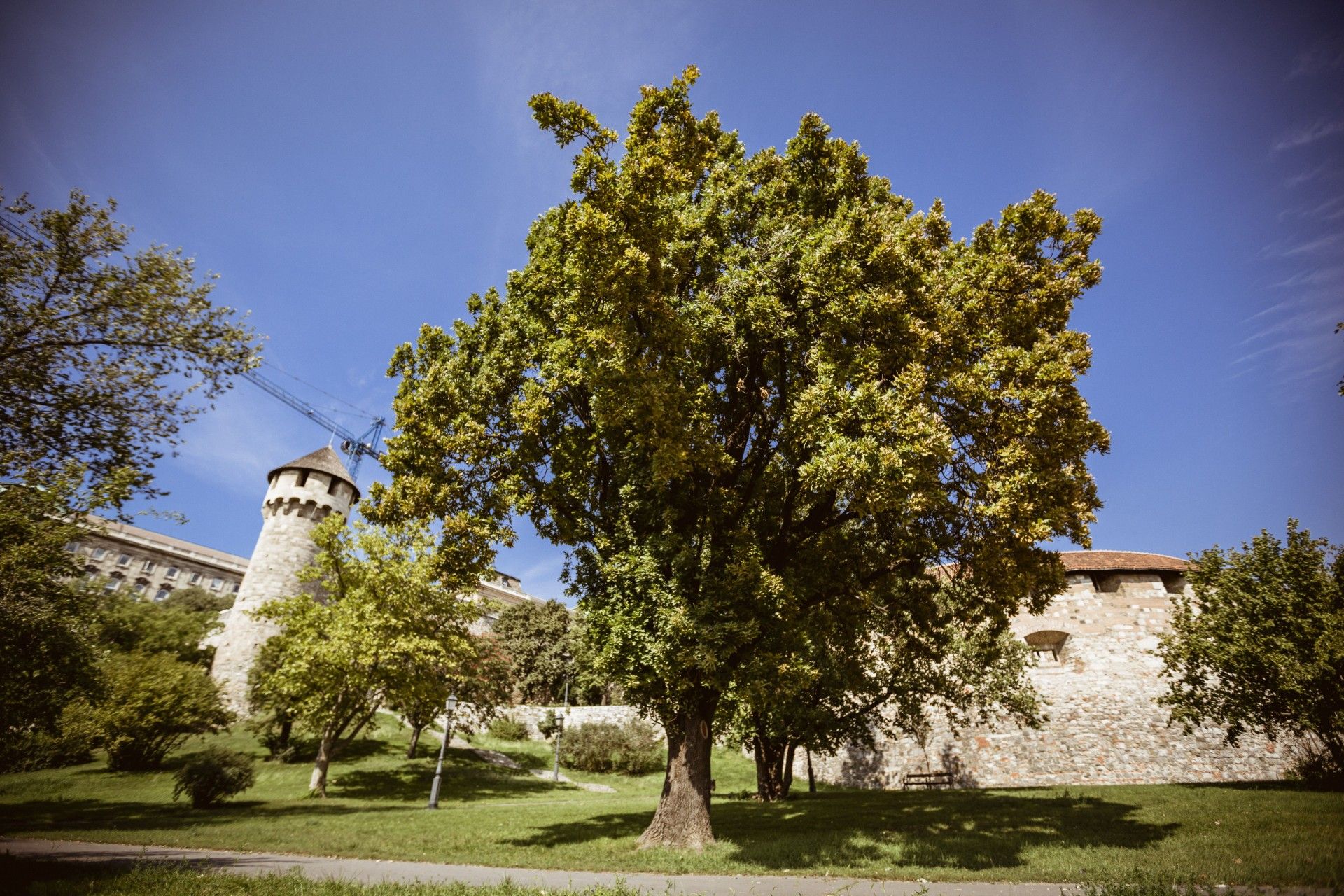
Pyramid oak in the Southern Gardens (Photo: Karolina Kárász, Várkapitányság NZrt)
Lindens are also a common sight in Buda Castle. Several older trees can be seen along the walking paths of the anjou Bastion and the Ellyps promenade. Lindens often live 100–120 years and served as the pride of gardens built by the nobility alongside oaks and sycamores. Similarly to wild chestnuts, a line of which can be seen on the Tóth Árpád Promenade, and a four 60–80-year-old trees along the Ellyps Promenade.
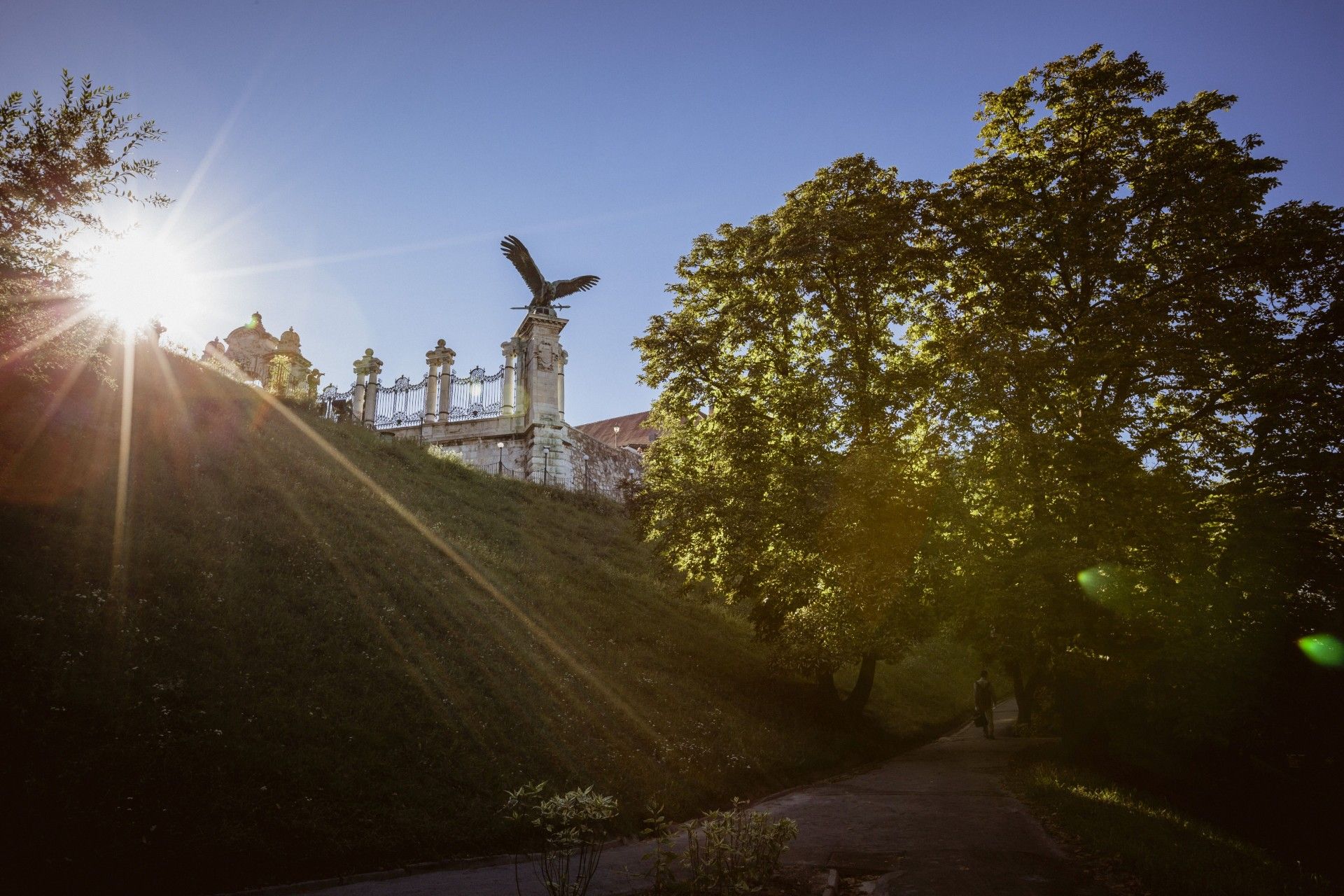 Chestnut trees on the Ellyps promenade (Photo: Karolina Kárász, Várkapitányság NZrt.)
Chestnut trees on the Ellyps promenade (Photo: Karolina Kárász, Várkapitányság NZrt.)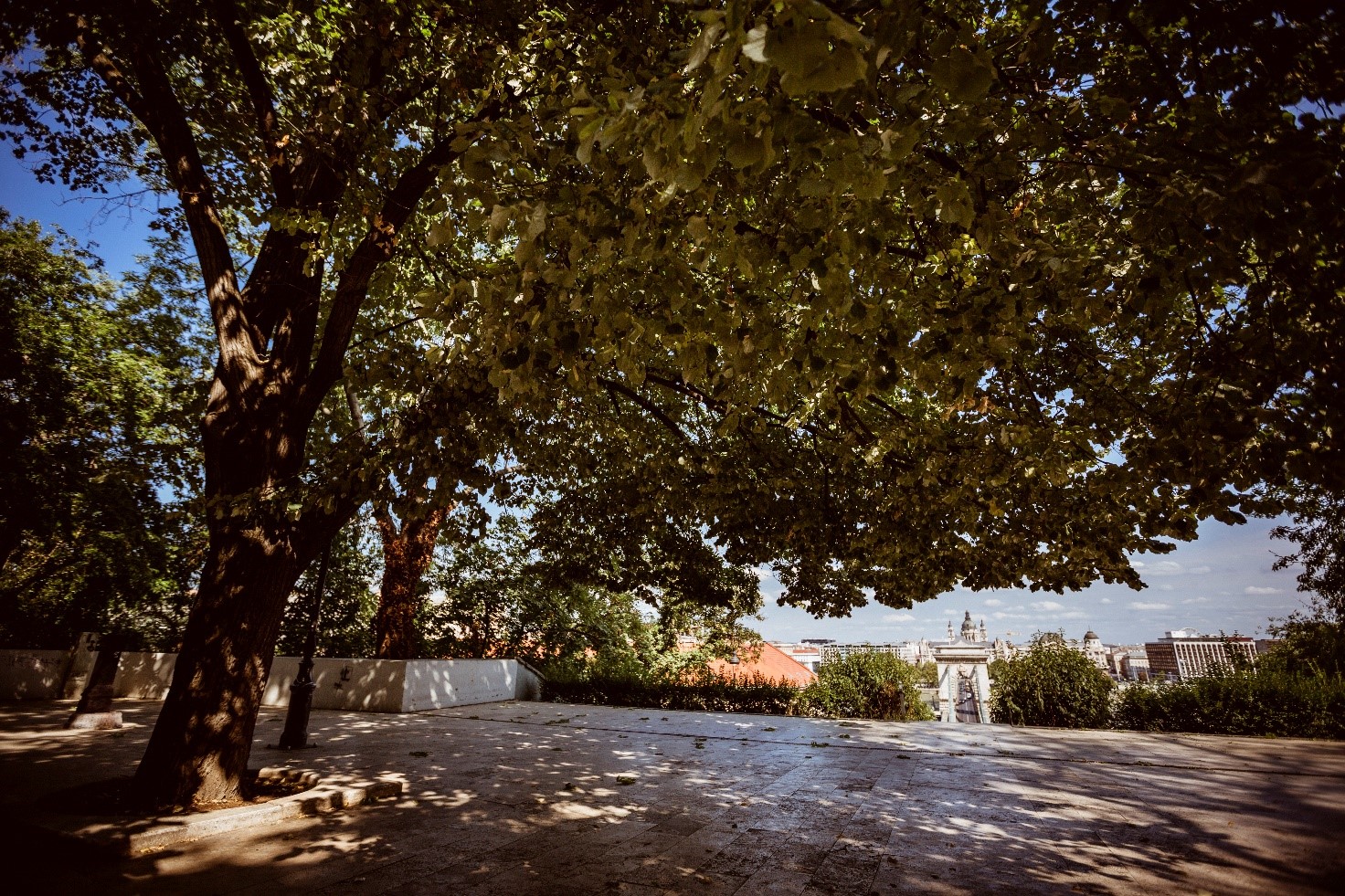
Linden tree on the terrace above the Buda Castle tunnel (Photo: Karolina Kárász, Várkapitányság NZrt.)
Every famous tree in Buda Castle holds value: some are connected to stories and legends, others are themselves ancient symbols. They are not only mementoes of our past, but witnesses to our own histories. They deserve protection, so that all passers-by may rest under their leaves for generations to come.
Cover photo: One of the oldest trees in Budapest, the massive Japanese pagoda tree next to the southern roundel (Photo: Balázs Both/pestbuda.hu)

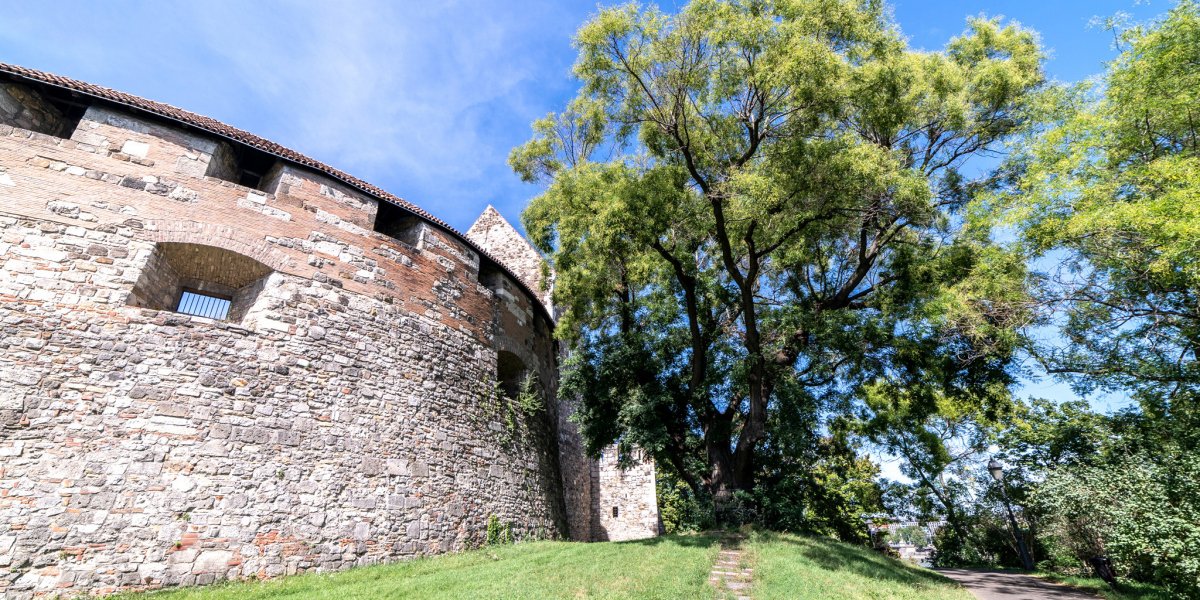
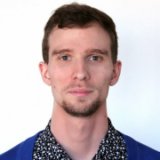
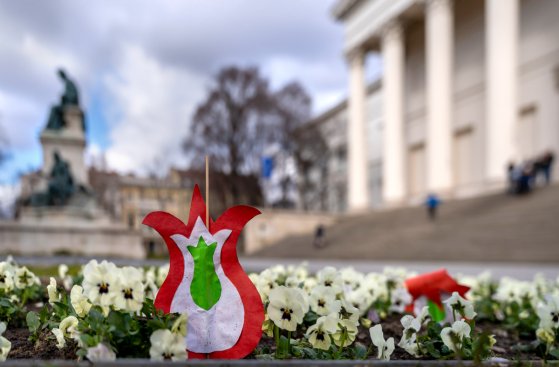


































Hozzászólások
Log in or register to comment!
Login Registration